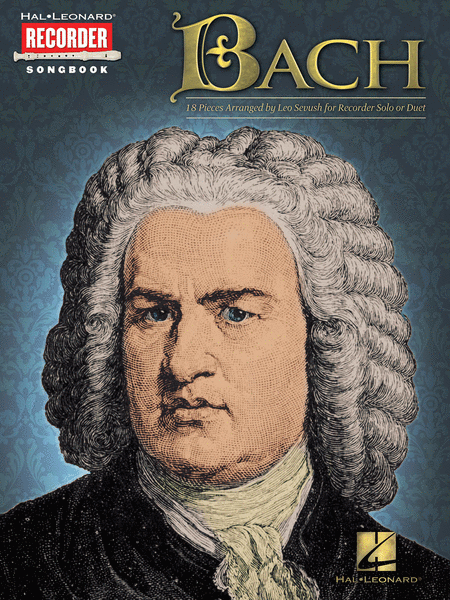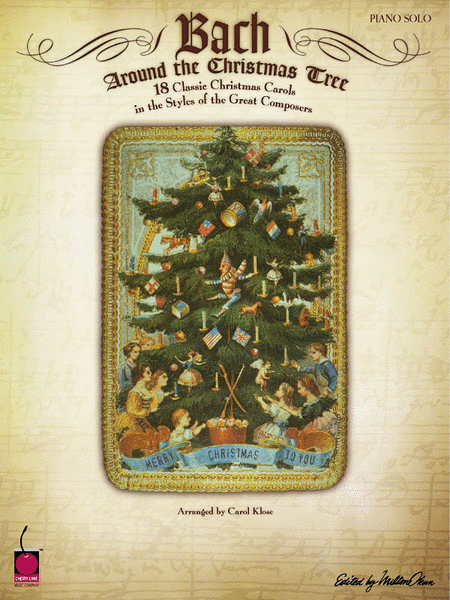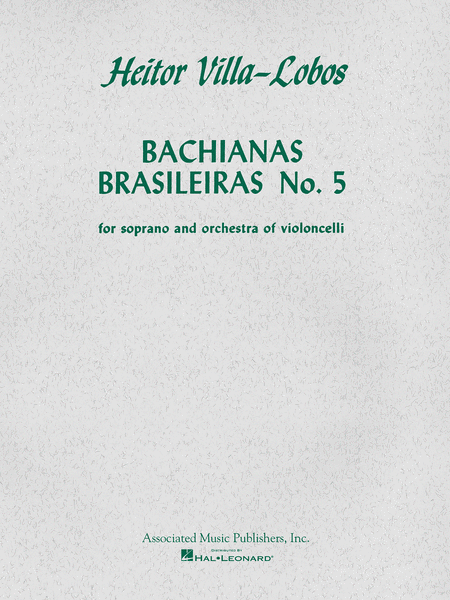Johann Sebastian Bach was better known as a virtuoso
organist than as a composer in his day. His sacred
music, organ and choral works, and other instrumental
music had an enthusiasm and seeming freedom that
concealed immense rigor. Bach's use of counterpoint was
brilliant and innovative, and the immense complexities
of his compositional style -- which often included
religious and numerological symbols that seem to fit
perfectly together in a profound puzzle of special
codes -- still amaze musici...(+)
Johann Sebastian Bach was better known as a virtuoso
organist than as a composer in his day. His sacred
music, organ and choral works, and other instrumental
music had an enthusiasm and seeming freedom that
concealed immense rigor. Bach's use of counterpoint was
brilliant and innovative, and the immense complexities
of his compositional style -- which often included
religious and numerological symbols that seem to fit
perfectly together in a profound puzzle of special
codes -- still amaze musicians today. Many consider him
the greatest composer of all time.
Each of Bach's harpsichord concertos, save perhaps one,
is really a new arrangement made by him of a concerto
conceived for another solo instrument (invariably
violin or oboe). A similar origin can be ascribed to
the Concerto for flute, violin, harpsichord, and
strings in A minor, BWV 1044 (the Triple Concerto, as
it is known), though in the case of this most unusual
of all Baroque concertos it is not another concerto,
but rather two separate keyboard works that Bach
plundered. The occasion for which Bach crafted the
Triple Concerto is unknown, but it very likely falls
among those works composed for performance by the
Leipzig Collegium Musicum; a tentative composition date
of ca. 1730-1735 is usually assigned. Whereas in most
of the harpsichord concertos Bach remains relatively
true to his sources -- the original solo part is of
course fleshed out in wholly new ways and the tutti
scoring is sometimes adapted to suit, but the course of
the music usually remains largely untouched -- in BWV
1044, Bach treats his two sources very freely indeed,
so much so that one cannot really call the work a
transcription or arrangement; it is, rather, a new
composition "after" the other two. The two sources are:
for the first and last of the Concerto's three
movements, the Prelude and Fugue in A minor for
harpsichord, BWV 894; and for the middle movement, the
middle movement of the Organ Sonata in D minor, BWV
527. Throughout the triplet-driven opening Allegro,
which takes its material only from the prelude half of
BWV 1044, the harpsichord is utterly superior to the
flute and the violin, who spend most of their time
working out countermelodies to and brief commentaries
on the harpsichord's often dense oratory (the Concerto
is properly called a concerto for "harpsichord, flute,
and violin," though one will hardly ever find the soli
listed in that order). In the Adagio, ma non tanto, e
dolce second movement, however, the flute and violin
come to the fore, the former engaging in a pleasant
pastoral dialogue with the harpsichord while the latter
accompanies them with strolling pizzicati. Bach
converts the fugue of BWV 1044 into an Alla breve
movement, throughout which the harpsichordist again
reigns supreme.
Source: AllMusic
(http://www.allmusic.com/composition/concerto-for-flute
-violin-harpsichord-strings-continuo-in-a-minor-triple-
bwv-1044-mc0002357217).
Although originally written for Solo Flute, Violin,
Harpsichord & Orchestra (2 Violins, Viola & Continuo),
I created this Arrangement of the Concerto in A Minor
(BWV 1044) for Piano & Winds (Flute, Oboe, Bb Clarinet,
English Horn & Bassoon).









